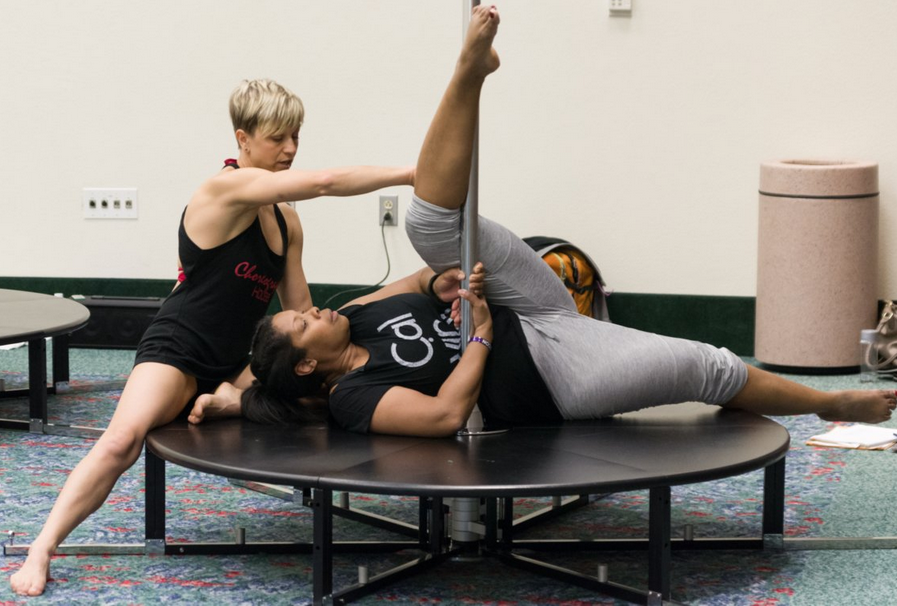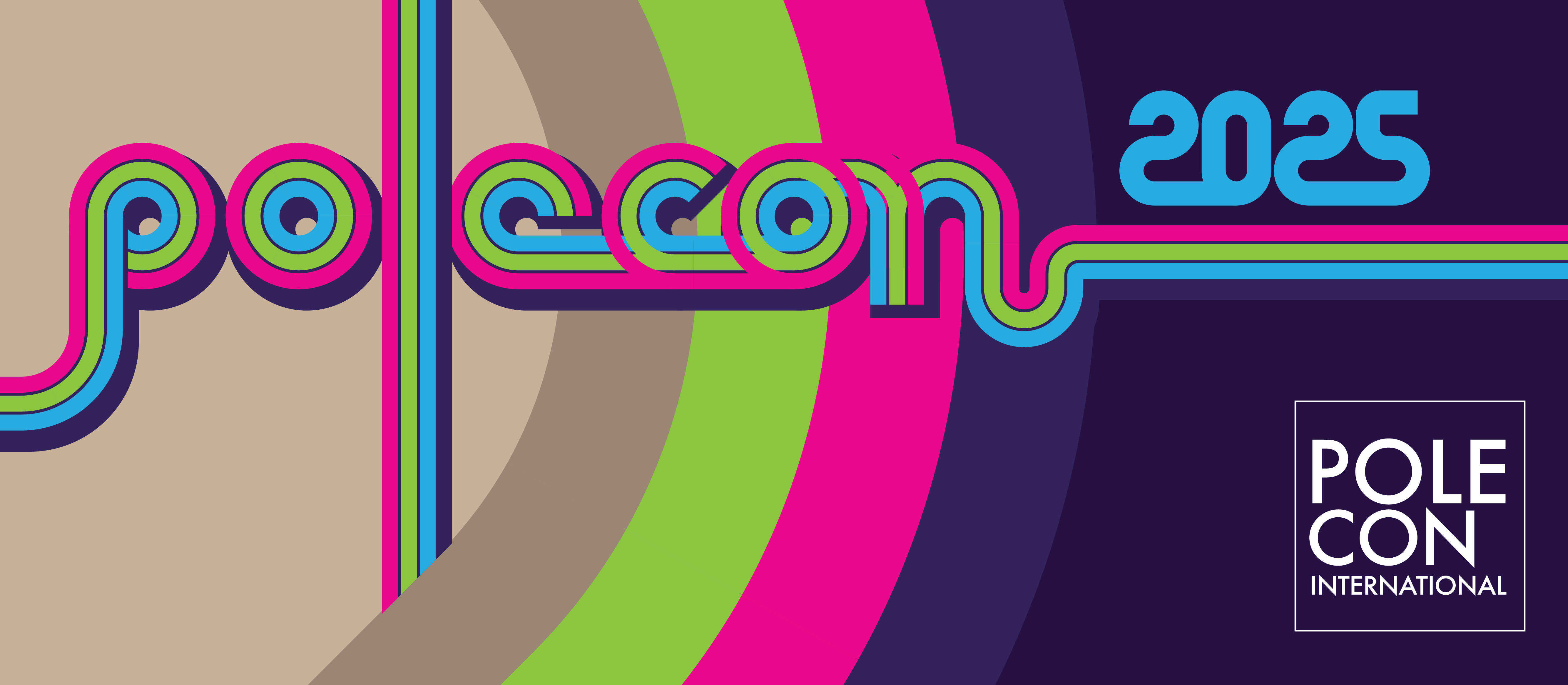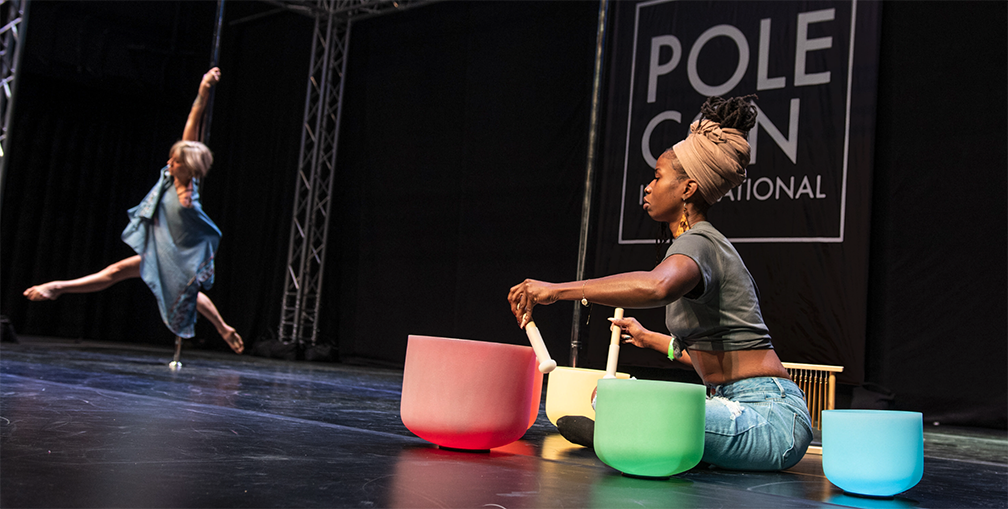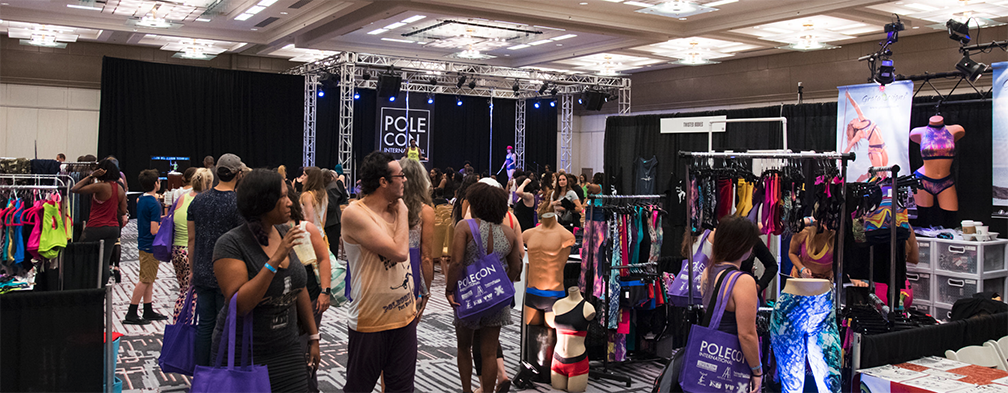
How to understand and improve movement cues
What is a Movement Cue?
Movement is challenging as it does not have its own universal language. Even though movement in some ways can be universally experienced, it is taught, internalized, and understood (or not understood) through mimicking visual inputs (for sighted individuals) and through words either read or heard. Not every heard or read movement cue is for every body nor is it understood in the same way by every brain AND every body. Not every visual cue addresses the complex system of how the movement is done: “I can see you move your hand, but I don’t know how you move your hand” so it is critical that specific and intentional cues accompany any movement instruction.
Challenges with Understanding Movement Cues
Some bodies with movement experience from childhood, that move without chronic or acute injuries, or that move without muscle imbalances impacting their movement may be already using the “right” muscles rather than potentially compensating with secondary muscles. For those folks, they may succeed in a movement with less cues or find that some cues don’t make sense because their body is already doing those movements.
For other people, they may not have the understanding for how to access specific muscles or movements yet or even where those muscles are in their body, especially if specific anatomical cues are used and those terms are not known. For movers that are new to movement, they may not understand how their bodies’ feel or what they should be feeling. Interoception, awareness of how the body feels on the inside, and proprioception, awareness of how the body moves through space, are both learnable skills. As a teacher, don’t presume that every student, especially those new to movement, understands how their body feels as it moves or understands how to move it.
Ability level, body proportions, and even stress can also limit your ability to access, internalize and then act on movement cues. Some bodies literally don’t currently move the way in which a movement is described. Other brains and bodies need different cues to better connect the mind and the body to find a solution that resonates and allows for the movement or even an approximation of the movement to be achieved.
Types of Heard or Read Movement Cues:
- Cues can be action-oriented and muscle-specific like “rotate your wrist extensors externally” or “tilt your pelvis anteriorly.” But if you’re not sure what muscles are called or where they are in your body, type of cue can fall short. If you can’t find it, how will you move it?! And if you can find it, do you know where to move it to?
- Cues can paint a more vibrant picture using metaphors or similes which can help connect a new movement to an understanding of an existing movement: “roll your wrist like you’re letting the dice fly at a casino.” “image your hips hold a bowl of water, now flow the water out the front of your bowl.” These cues can help create complex movement but for those that need specific notes to move their bodies more efficiently or who are using other muscles to compensate for movement (such as working around an injury or movement limitation) may still only be getting half of the information they need.
- Combination cues are often the best way to address a diverse population of movers. Use cues that help connect to movement and help educate them on the muscles involved so that they may continue to learn about their movement and their bodies. “Tilt your pelvis anteriorly imagining your hips hold a bowl of water and you are flowing water over the front of your bowl.”
Additional Types of Movement Cues:
- Visual cueing or “mirroring” is the most common for teaching or learning movement and is literally “watch what I do and mimic.” This should never be the only cue used in teaching movement.
- Tactile cueing can be a great way to help understand what muscles are being used and how the movement should move/feel. If you can safely touch your student, consider gently poking the muscle involved and/or gently guiding the student into the correct position or along the intended movement path. Make sure to ask for consent first, do not push the student into any position—guide them gently instead—and avoid any sensitive areas.
As a teacher, you may also need to add additional modifiers to your movement cues to address the appropriate amount of work or effort needed to achieve the movement. This is particularly important in choreography and is also relevant for movers who may over-engage their muscles (“death gripping”) or under-engage their muscles and end up “hanging on their bones” rather than using their muscles. The word “flow” for instance in the example: “flow the water out the front of your bowl” sounds much more gentle, slow, and controlled than “dump the water out the front of your bowl” which sounds more aggressive and quicker. Both may be correct depending on the situation.
Potential Cue Disconnects
Verbalized/heard or written cues work well in conjunction with videos, photos/diagrams, or live instruction (potentially also combined with tactile cueing which provides additional inputs) to understand how the movement is supposed to look. These visual aids do not tell us how the movement should feel and can lead to cue disconnects. It is important to foster the understanding of how movement feels through developing interoception and proprioception (to be addressed later).
Student Tips for Understanding and Accessing Movement Cues
- If a cue isn’t making sense, ask your teacher for more words to help you make the connection in your body.
- Ask for another option or a regression of the movement. A regression is a slightly easier version of the movement or a different movement that can be a steppingstone towards achieving the full move.
- If your body’s reaction to a cue generates a stabbing pain, stop immediately and notify your coach/teacher if available.
- Still not having any success? Try a different teacher who might explain things differently, try an in-person class or even an in-person private session so you can get the attention your body needs rather than potentially being lost in a larger class.
- Research on your own. The internet is a wealth of information. It’s not always organized or vetted, but it does offer suggestions!
Teacher Tips for Improving your Movement Cues
- Foster an environment that allows students to feel comfortable asking for feedback and asking questions.
- Invest in a thesaurus! Try different words to see which words resonate the most with your population. “Grip” and “grope” could both be cues to engage the muscles in the hand in a stronger way. Both words have different connotations and may encourage students to open to the experience or be turned off from your teaching style.
- Educate yourself on what muscles are being used so you can provide adjustments, additional directions or regressions or options of the movement being taught.
For Teachers—Suggested Technique to Develop Better Cueing:
Use the question words sequence to start building movement cues.
Basic:
- What muscle is moving?
- Where is the movement initiating from?
- Where is the movement ending?
- What is the muscle creating the movement doing (rotating, lengthening, griping)?
- How should the movement feel?
Advanced:
- Who is moving (important for groups moving together such as in choreography)
- When is the movement happening – is there a sequence of muscle movements to execute one movement or a phrase of movements that happens in a specific order?
- Why is cue is being used (to help your students understand why you are teaching in specific way)?
- PoleCon Hub Page: MORE Black Voices - June 13, 2025
- PoleCon 2025: Recap - June 4, 2025
- Interview with New PoleCon Instructor: Melonsl - May 9, 2025


